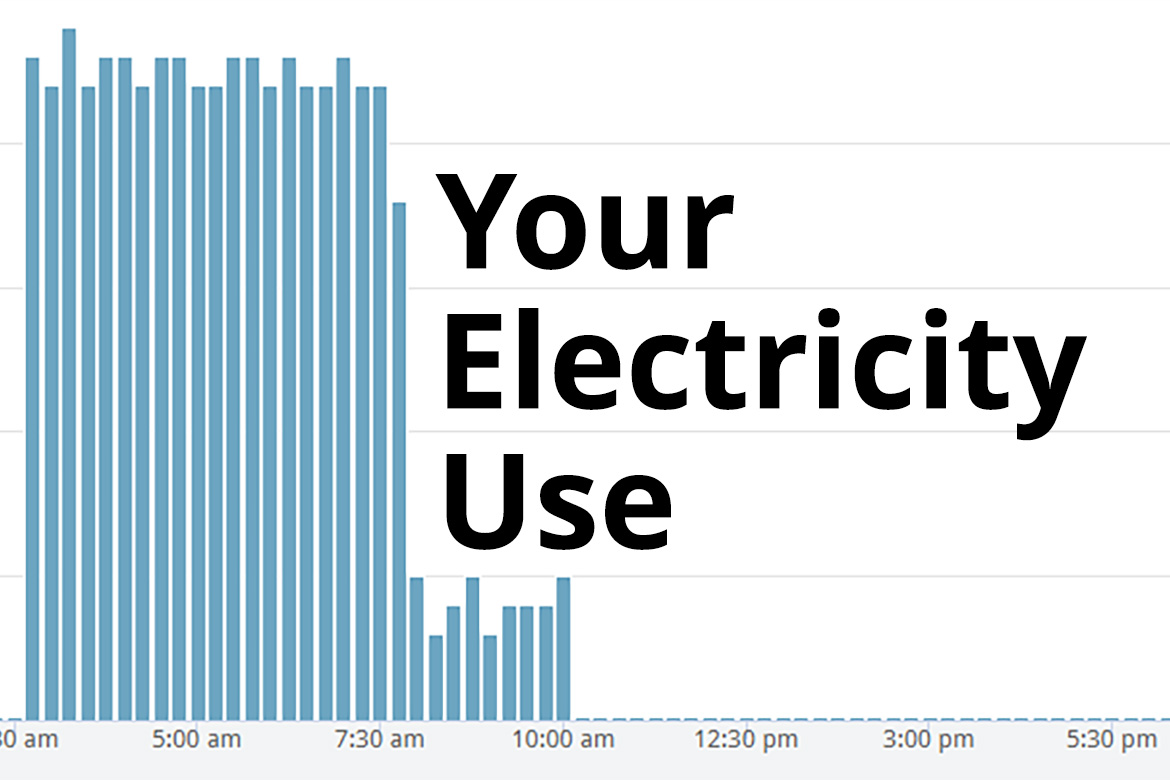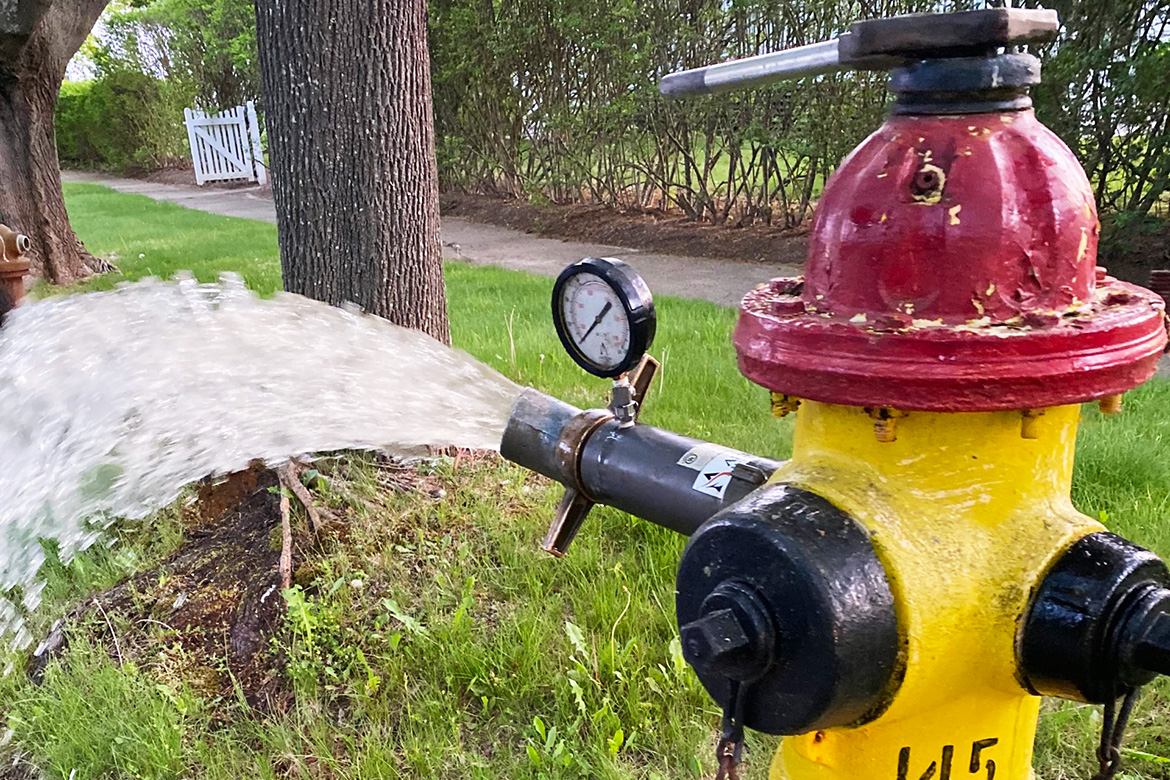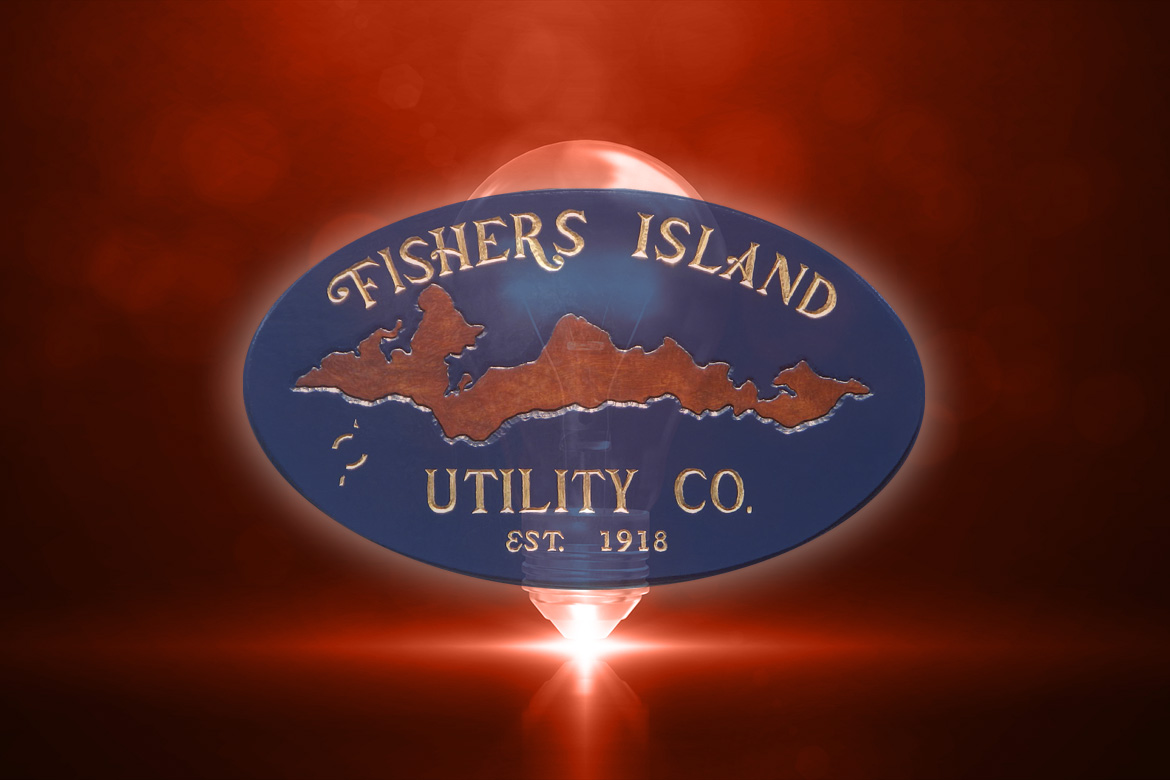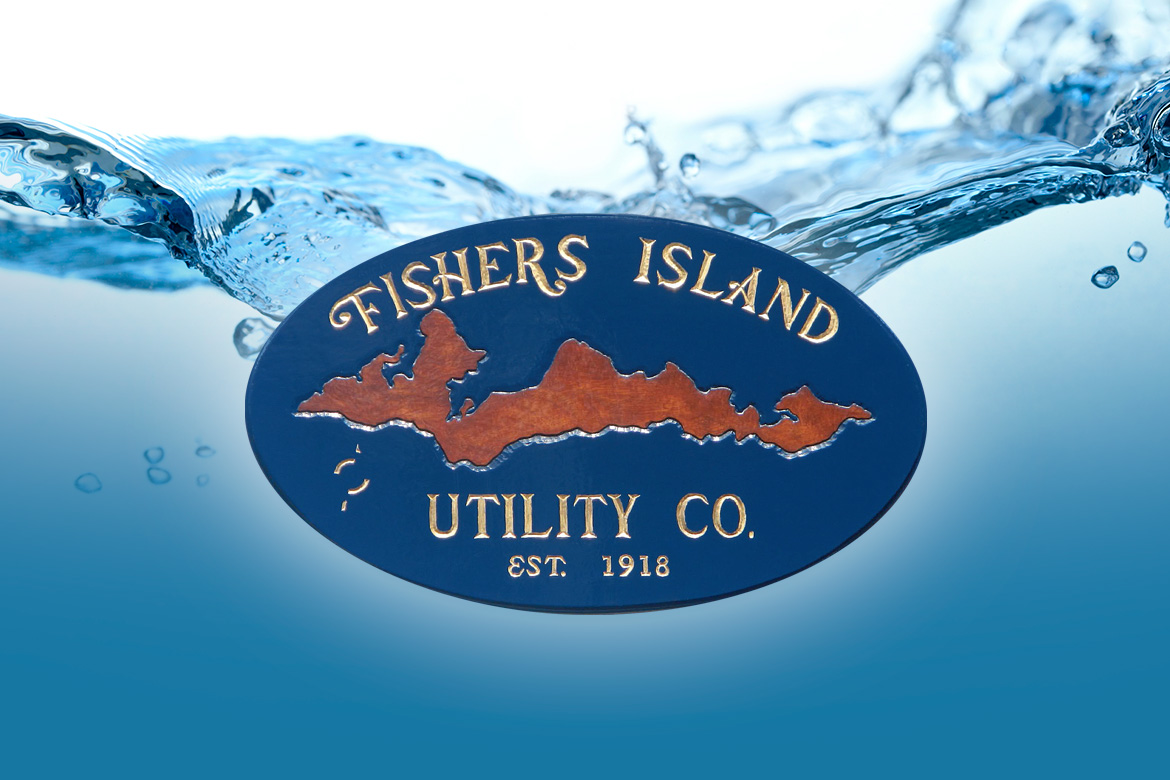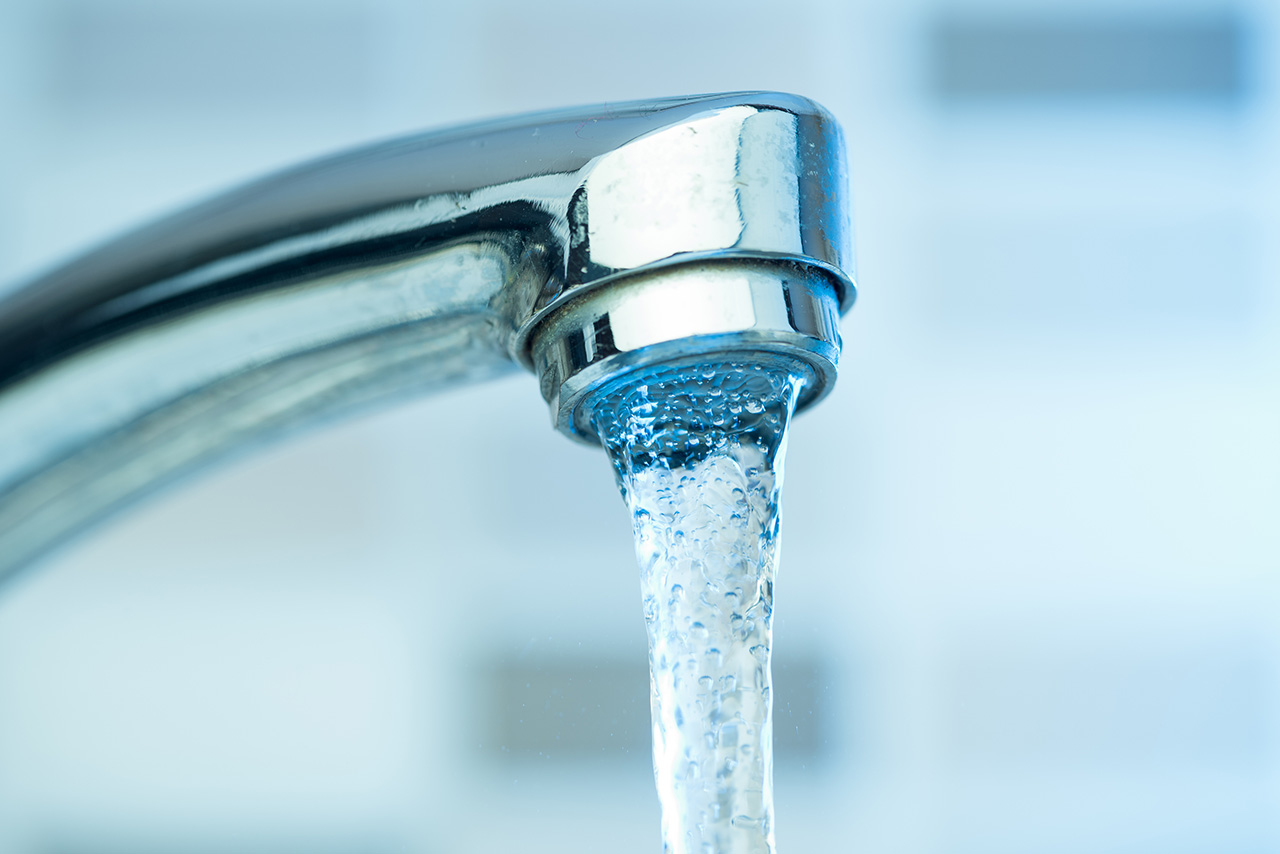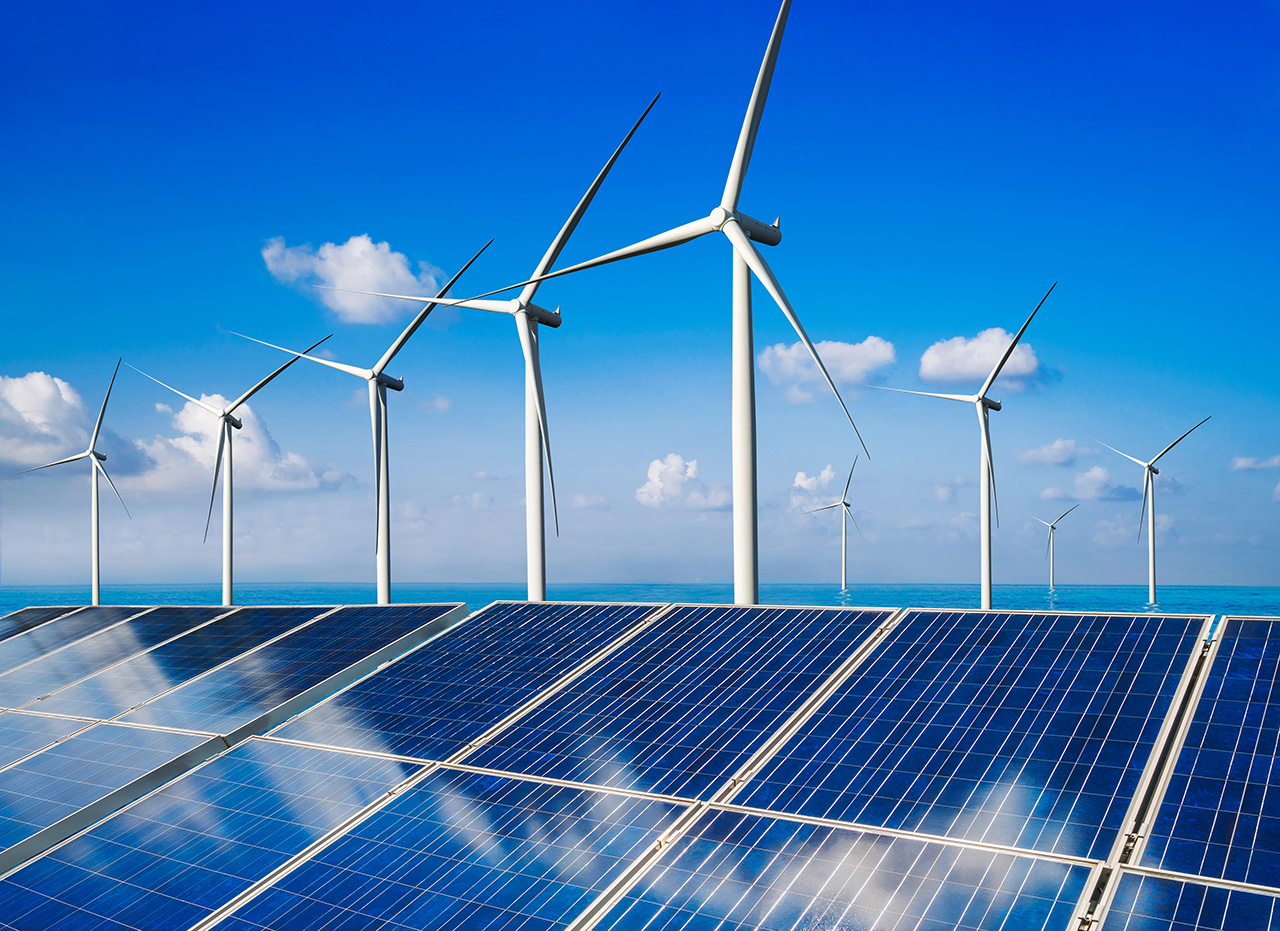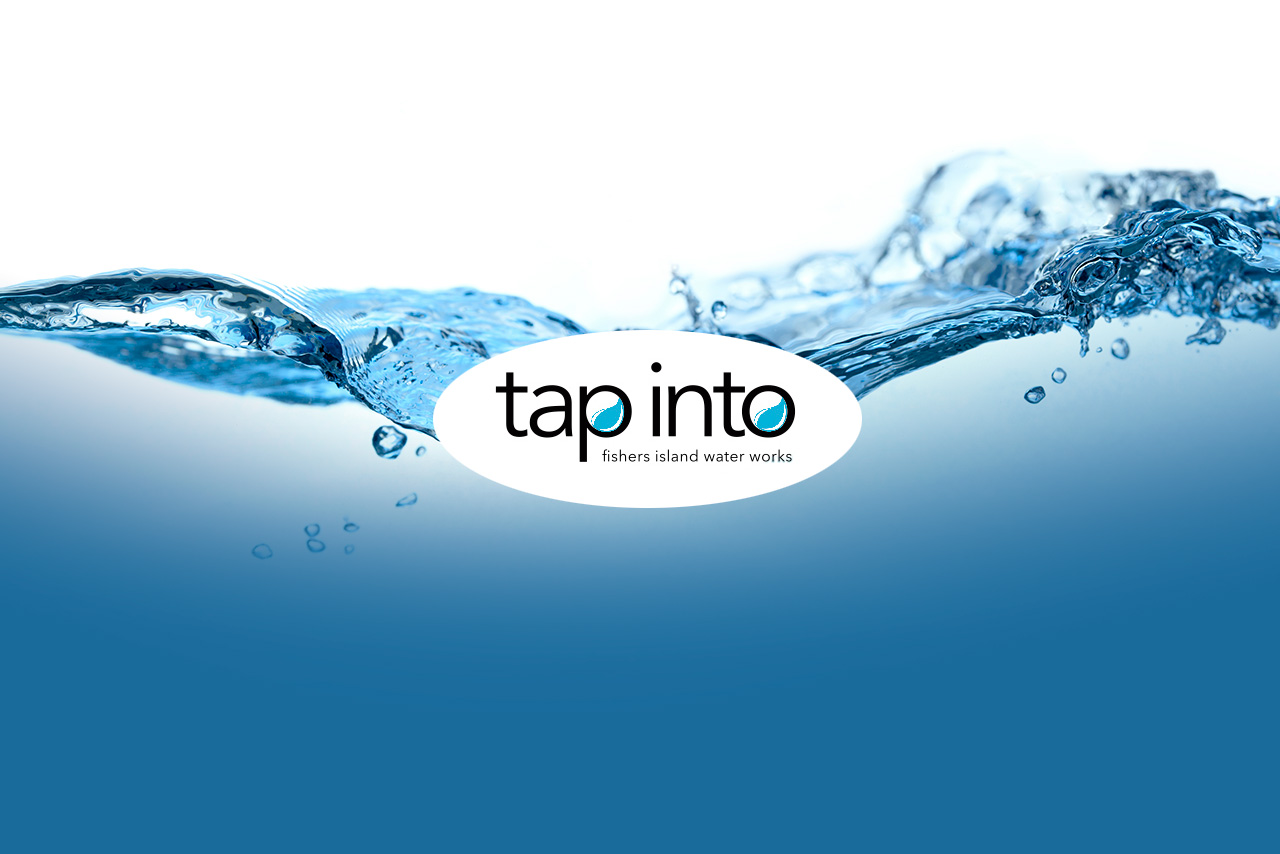The Fishers Island Electric Corporation has activated a new portal so that you may view your electric usage.
Flushing begins on Monday, October 7th and is scheduled to conclude Friday, November 15th
By Tom Siebens* February 1, 2025 First Priority Achieved: AMI In 2024, the Electric Company completed installation of an automated metering infrastructure (“AMI”) system. The AMI system is already saving money and benefiting ratepayers by enabling automated, rather than manual, meter reading, more accurate billing and faster, more accurate trouble-shooting within our electric network. For
By Tom Siebens* February 1, 2025 The Break On Christmas Eve, at around 5:00 p.m., the entire West End of Fishers Island lost water service due to a break in the trunk main that supplies water from the island’s reservoir at Top-of-the-World on the East End. It was our biggest main break ever. An aging
Fishers Island Water Works has updated this website to inform people about upcoming regulations, surveys and cross connection control. The page linked below contains two surveys to help gather information pertaining to the customers responsibilities with cross connection control and to aid in the completion of the Service Line Inventory, detailed by the new Lead
Electric Company fully supports renewable generation as an objective.
The Water Company is planning a major renovation of the water distribution system.
January 27, 2020 The Challenge The water distribution system on Fishers Island — it’s 22 miles of water mains, control valves and 148 hydrants – needs major renovation. Most of the system’s cast iron pipes are between 100 and 120 years old and increasingly at risk of collapse due to corrosive processes in buried iron

